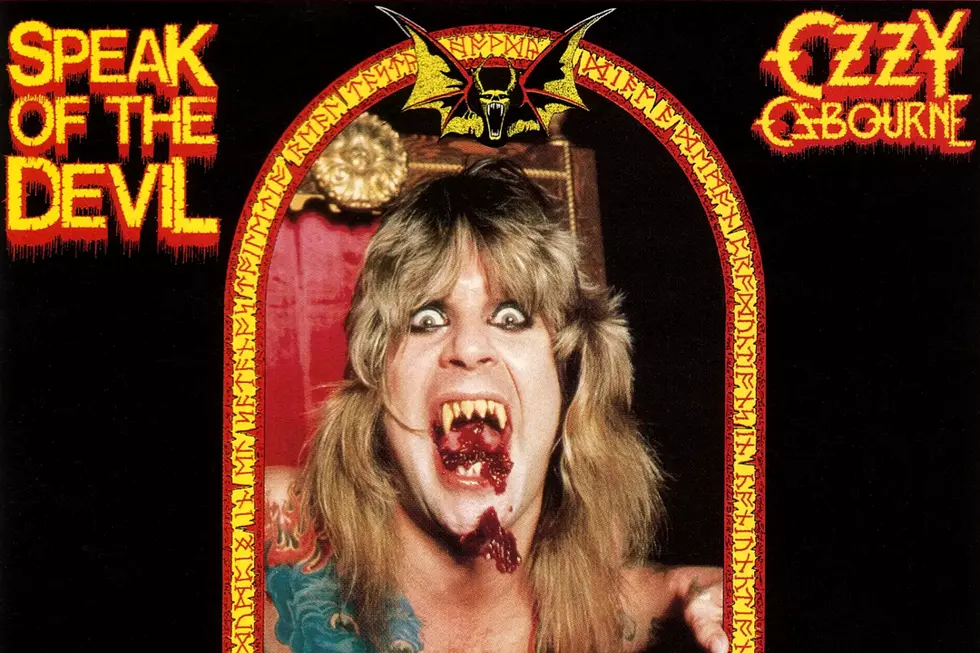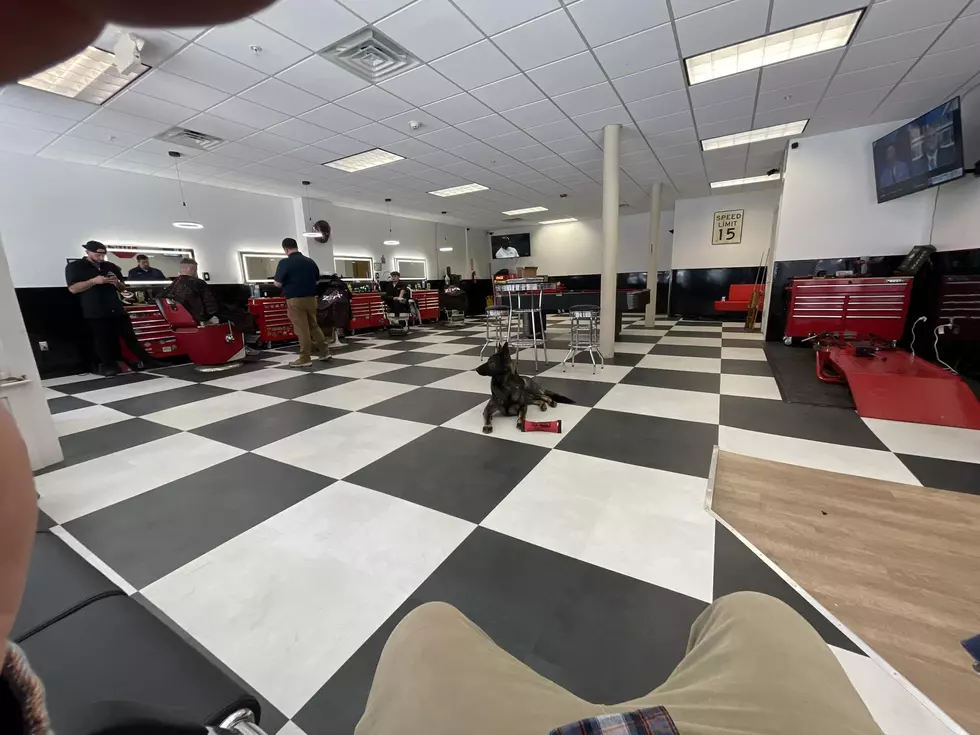
When Ozzy Osbourne Revisited His Black Sabbath Past on ‘Speak of the Devil’
Ozzy Osbourne was in a terrible spot both personally and professionally, but he somehow managed to pull it together enough to release the Speak of the Devil album on Nov. 27, 1982.
Osbourne had mounted one of the unlikeliest comebacks in rock music history with his first solo albums, then climbed back to headliner status on the concert circuit. He was left at loose ends, however, after the tragic death of friend and guitarist Randy Rhoads in a plane crash in March.
What followed was Speak of the Devil, a live album that found Ozzy performing a set of live selections from his former band, Black Sabbath.
In truth, it wasn't Osbourne's first choice. He had proposed the release of a live album featuring Rhoads and his solo band performing tracks from Blizzard of Ozz and Diary of a Madman, and even recorded the dates. But Rhoads' death threw a wrench in those plans.
Osbourne felt it was too soon to release the tracks – they eventually arrived in 1987 as the live album Tribute – but he was under a contractual obligation to deliver a live album. Thus, the idea was born to perform a set of Sabbath classics to satisfy his label.
Osbourne drafted guitarist Brad Gillis – he joined Night Ranger the following year – to step in for Bernie Torme, who had served a brief and thankless stint as Rhoads' replacement on the tour for Diary of a Madman. Rounded out by bassist Rudy Sarzo (who went on to successful stints in Quiet Riot and Whitesnake) and drummer Tommy Aldridge, the performance was actually surprisingly strong, featuring undeniably classic songs delivered by a band of top-notch pros.
Gillis was the unsung hero, covering Tony Iommi's parts in a way that was faithful to the spirit of the songs without resorting to cover-band-level mimicry, while Osbourne himself gave surprisingly strong vocal performances. Too strong, in fact.
It is apparent from the quality of Ozzy's voice – not to mention the heavy effects processing on his vocals – that a substantial portion of the vocal tracks were either cleaned up or replaced in the studio after the fact, making Speak of the Devil yet another in a long list of "live" albums that have benefited from studio enhancements. Producer Max Norman told KNAC that three songs from the album were actually recorded at soundcheck the afternoon of the show.
"They could only do this one time," he recalled. "So, I made Ozzy play a whole show in the afternoon with no audience and record that. Keep that in the can, and then if something happens on the night or is no good, at least we've got a choice and we'll have more material to draw from. Three of the tracks on that record were done in the afternoon and not live in front of the audience. If you got nothing to do for a couple of days you could just lie there and listen to them in the headphones and figure out which songs had the real audience and which ones didn't."
Though Osbourne himself later decried Speak of the Devil as something he only did because of record company pressure, it earned mostly positive notices from fans and critics, and was a commercial success as well, eventually earning a platinum certification.
The album served to keep Osbourne's fans interested while he was re-working his solo career, which continued on with 1983's Bark at the Moon. Osbourne's subsequent releases never again broke the same degree of new musical ground that he did with his initial work with Rhoads, but he went on to a solo career that eclipsed Black Sabbath – at least commercially. Ozzy ultimately became one of the unlikeliest mainstream celebrities in the history of American popular culture.
Top 50 Classic Heavy Metal Albums
Gallery Credit: Eduardo Rivadavia
Think You Know Ozzy Osbourne?



